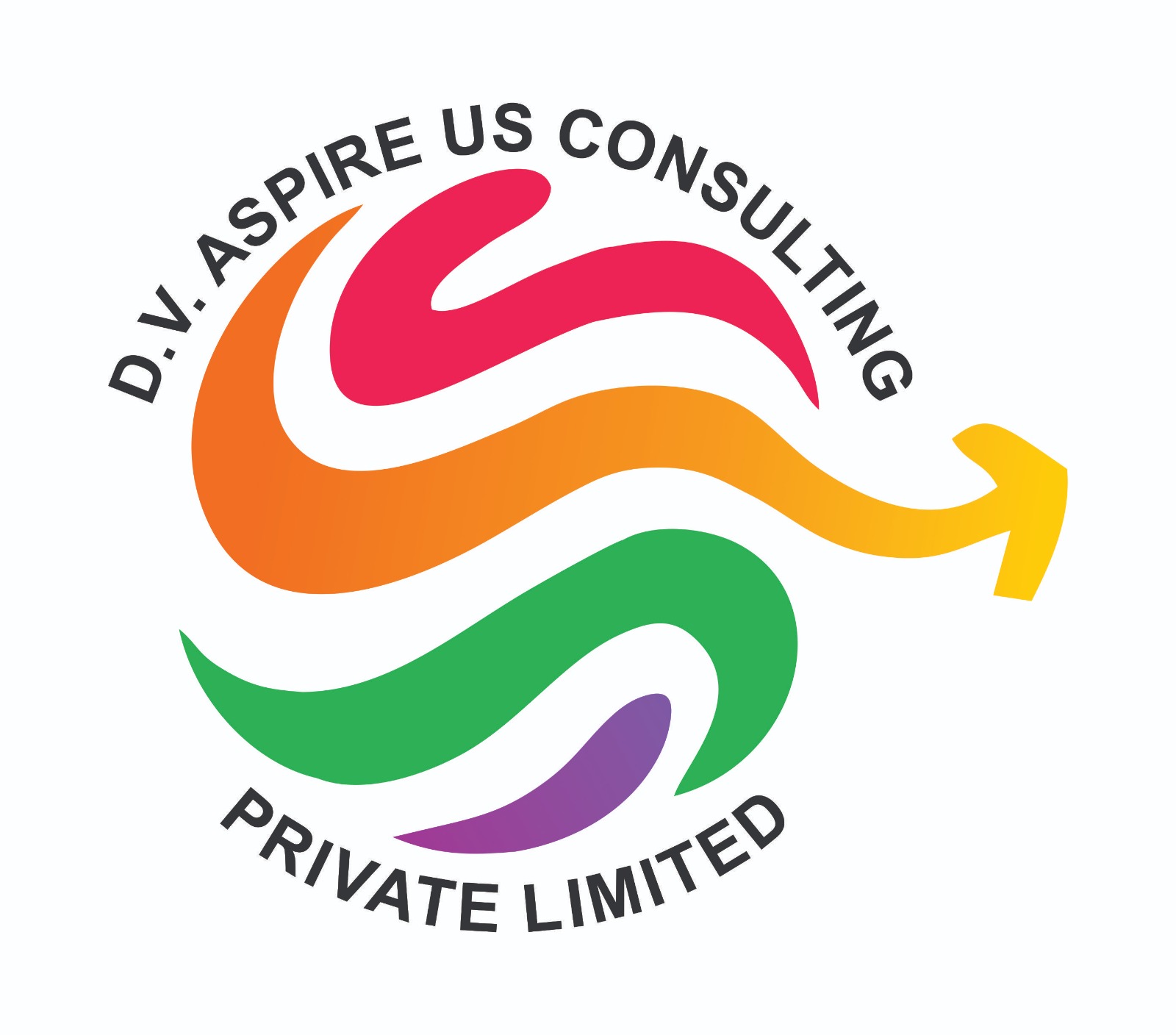UNITED STATES
- DV ASPIRE US CONSULTING
- United States
Welcome to United States immigration services
Embrace the journey to a new life in the United States with our comprehensive immigration services. At DV Aspire Us Consulting Pvt. Ltd. we understand the significance of this life-changing decision, and we’re here to guide you through every step of the immigration process.
Why United States
1. Economic Opportunities:
The United States is renowned for its robust and diverse economy, offering a myriad of opportunities for career growth and prosperity. With a thriving job market and a variety of industries, immigrants often find exciting possibilities to fulfill their professional aspirations.
2. Educational Excellence:
Home to some of the world’s top universities and research institutions, the United States provides unparalleled educational opportunities. Immigrants can access a world-class education system, fostering intellectual development and innovation.
3. Cultural Diversity:
Celebrated for its cultural melting pot, the United States welcomes individuals from all backgrounds. Immigrants experience a rich tapestry of traditions, languages, and perspectives, contributing to a vibrant and inclusive society.
4. Quality Healthcare:
The U.S. healthcare system is globally recognized for its advanced medical facilities and cutting-edge research. Immigrants benefit from access to high-quality healthcare services, ensuring the well-being of themselves and their families.
5. Legal Protections and Rights:
The United States is committed to upholding the rights and freedoms of its residents. Immigrants enjoy legal protections, ensuring equal opportunities and safeguarding their rights to live, work, and pursue happiness.

Visa Categories in the United States
The United States offers a diverse range of visa categories to accommodate various purposes of travel and stay. Understanding the specific visa category that aligns with your intentions is crucial for a smooth immigration process. Here’s an overview of some prominent visa categories:
1. Family-Based Visas:
- Designed for individuals with close family members, such as spouses, children, parents, and siblings, who are U.S. citizens or permanent residents.
2. Employment-Based Visas:
- Tailored for individuals seeking employment opportunities in the U.S., including professionals, skilled workers, and investors. Common types include H-1B, L-1, and EB-5 visas.
3. Student Visas (F-1):
- Intended for individuals pursuing education in the U.S. This includes academic studies at approved institutions, language training programs, and vocational training.
4. Diversity Visas (Green Card Lottery):
- The Diversity Visa (DV) Program, also known as the Green Card Lottery, provides an opportunity for individuals from countries with low rates of immigration to the U.S. to apply for a visa.
5. Tourist and Business Visas (B-1/B-2):
- For individuals visiting the U.S. for tourism, business meetings, or medical treatment. B-1 is for business visitors, while B-2 is for tourists.
6. Exchange Visitor Visas (J-1):
- Facilitates cultural and educational exchange programs, including au pairs, interns, students, and scholars.
7. Temporary Work Visas:
- Covers a variety of work-related visas, such as the H-2A for agricultural workers, H-2B for non-agricultural workers, and more.
8. Refugee and Asylum Status:
- Designed for individuals fleeing persecution or seeking refuge in the U.S. due to fear of persecution in their home country.
9. Special Immigrant Visas:
- Reserved for individuals with specific qualifications, including religious workers, Afghan and Iraqi translators, and other special categories.
Understanding the nuances of each visa category is crucial for determining the most appropriate path for your immigration goals. Explore the specific requirements, application processes, and benefits associated with each category to make informed decisions throughout your journey to the United States.

Visa Process in United States
Determine Visa Type:
- Identify the specific visa category that aligns with your purpose for entering the United States.
- Common categories include family-sponsored visas, employment-based visas, student visas, and diversity visas.
Check Eligibility:
- Review the eligibility criteria for the chosen visa category.
- Ensure you meet the requirements related to your relationship status, employment qualifications, educational background, or other relevant factors.
Collect Documentation:
- Compile the necessary documents to support your visa application.
- This may include proof of relationship, employment offer letters, academic transcripts, financial statements, and other supporting materials.
Submit the Petition:
- File the appropriate petition or application form with the U.S. Citizenship and Immigration Services (USCIS).
- Pay the required filing fees and submit all documents according to the provided guidelines.
Wait for Processing:
- The USCIS will review your application, conduct background checks, and assess your eligibility.
- Processing times may vary, so be patient and regularly check the status of your application online.
Attend Biometrics Appointment:
- If required, attend a biometrics appointment to provide fingerprints and a photograph.
- This step is part of the security clearance process.
Interview (if applicable):
- Some visa categories require an in-person interview at the U.S. Embassy or Consulate in your home country.
- Prepare thoroughly by understanding the purpose of your visit and having all necessary documents on hand.
Receive Visa Decision:
- Once your application is processed, you will receive a decision on your visa.
- If approved, follow the instructions provided to obtain your visa stamp and enter the United States.
Arrival in the U.S.:
- Upon arrival, follow the entry procedures at the port of entry, including presenting your visa, completing required forms, and undergoing any additional screening.
Remember that the visa process can be complex, and seeking professional advice or legal assistance is often beneficial. Stay informed about any updates in immigration policies and procedures to ensure a smooth and successful visa application process.

Green Cards and Permanent Residency in the United States
Understanding the Path to Permanent Residency
Obtaining a Green Card is a significant step towards achieving permanent residency in the United States. A Green Card, officially known as a Permanent Resident Card, grants individuals the right to live and work permanently in the country. Here’s a comprehensive overview of the process and benefits associated with Green Cards:
1. What is a Green Card?
A Green Card is a legal document that proves an individual’s permanent resident status in the United States. It serves as evidence that the holder has been granted immigration benefits, including the right to live and work in the U.S.
2. Paths to Green Cards:
There are various paths to obtaining a Green Card, each catering to different circumstances. Common avenues include:
- Employment-Based: For individuals sponsored by a U.S. employer.
- Family-Sponsored: For relatives of U.S. citizens or permanent residents.
- Diversity Visa (DV) Lottery: A program that randomly selects individuals for Green Cards from countries with low rates of immigration to the U.S.
3. Benefits of Having a Green Card:
- Permanent Residency: Holders can live and work in the U.S. indefinitely.
- Access to Social Services: Green Card holders are eligible for social benefits, including healthcare and education.
- Path to Citizenship: After a certain period, Green Card holders may be eligible to apply for U.S. citizenship.
4. Application Process:
- Form I-485: The Application to Register Permanent Residence is typically the main form for adjusting status to that of a permanent resident.
- Supporting Documentation: Applicants must provide necessary documents, such as identification, evidence of employment or family relationships, and financial records.
- Interview and Biometrics: Applicants are usually required to attend an interview and provide biometric information as part of the process.
5. Renewing or Replacing a Green Card:
Green Cards have an expiration date, and it’s crucial to renew them on time. Additionally, if a Green Card is lost, stolen, or damaged, it can be replaced through a specific application process.
6. Maintaining Permanent Residency:
It’s important for Green Card holders to comply with U.S. immigration laws to maintain their permanent resident status. This includes avoiding extended periods of time outside the U.S. and obeying the law.
7. Consulting with an Immigration Attorney:
The process of obtaining a Green Card can be complex, and seeking guidance from an experienced immigration attorney is highly recommended. They can provide valuable insights, help with paperwork, and ensure a smoother application process.
Default Title
Q: How can I check the status of my immigration application?
A: You can check the status of your immigration application online through the U.S. Citizenship and Immigration Services (USCIS) website. Use the unique receipt number provided when you submitted your application to track its progress.
Q: Can family members join me in the United States through my visa?
A: Yes, certain visa categories allow family members to join the primary visa holder in the United States. Family-sponsored visas and derivative visas for spouses and children are common examples. Each visa category has specific eligibility criteria for accompanying family members.
Q: How long does it take to process an immigration application?
Processing times vary based on the type of immigration application and several other factors. USCIS provides estimated processing times for different forms on their website. It's important to note that these times can change due to fluctuations in application volume and policy changes.
Q: Can I appeal if my immigration application is denied?
A: Yes, in many cases, you have the right to appeal a denied immigration application. The specific appeal process depends on the type of application and the agency that made the decision. Consult with an immigration attorney for guidance on filing an appeal.
Q: What is the difference between a Green Card and U.S. citizenship?
A Green Card (Permanent Resident Card) allows an individual to live and work permanently in the U.S. Citizenship, on the other hand, grants additional rights, including the ability to vote and hold public office. Green Card holders may be eligible to apply for U.S. citizenship after meeting certain residency requirements.








